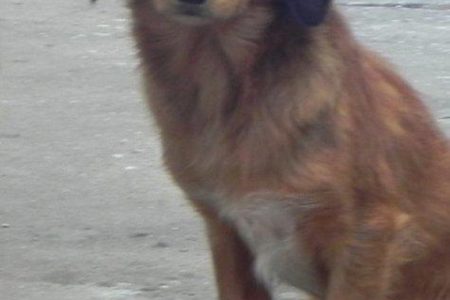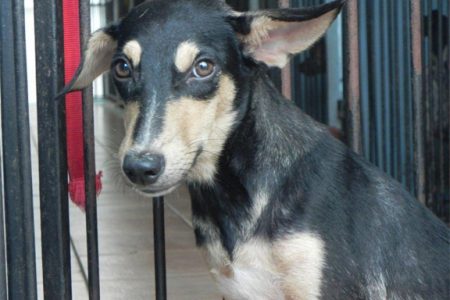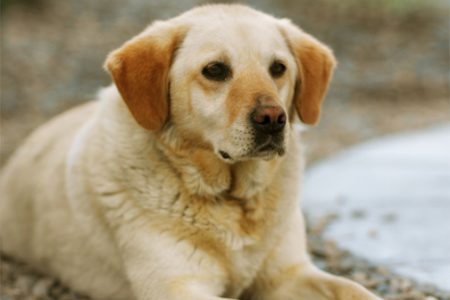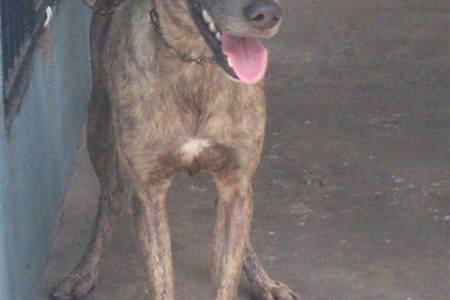
Musculoskeletal problems
Continued from last week Last week, we spoke about the nutritional effects on the bone structure and formation.

Continued from last week Last week, we spoke about the nutritional effects on the bone structure and formation.

Continued from last week Nutritional effects on the bones Over the millennia of domestication of the dog and the cat, their diets have undergone immense changes.

Wandering Lameness (Eosinophilic Panosteitis) Panosteitis, also called “growing pains” or “wandering lameness”, is a disease of puppies between five and twelve months of age.

Destruction of the Ball of the Femur (Aseptic Necrosis) Aseptic Necrosis of the head (‘ball’) of the femur (that part of the thigh bone which fits into the ‘socket’ of the hip bone) is due to impaired blood supply to that ‘ball’.

– continued Well, we have described the disease and the symptoms.

Continued from last week Symptoms The clinical signs associated with this disease are variable.

Following on from last week’s topic on torn knee ligaments, let us now focus on the symptoms.

Ruptured ligaments/tendons By its more specific definition, a ligament is a short band of tough flexible fibrous tissue binding bones together.

Continued This week I would like to continue on the topic of bone infections (osteitis).

Continued Fractures For our purposes of easy understanding, a broken bone (irrespective of cause – usually a hit) is a fracture.

Continued Sprains and strains Last week, I mentioned that lameness is a symptom, an expression of some deeper malady.

Continued from last week More general information Last week, we commenced sharing some general information pertaining to the bones, muscles, ligaments and joints of the animal’s body.

Today we begin a new theme. Bones and muscles (the musculosketal system) are so interlinked that we have decided to treat their ailments together.

Tick paralysis The saliva of some species of tick contains poisons, which affect the motor nerves of the dog.

Continued Well, we have returned to ‘science’ after the holiday season.

As you read this, the New Year celebrations are just around the proverbial corner.

Continued from last week Paralysis Usually parlayses are associated with problems of the spinal cord.

For practical reasons, we can equate coma with unconsciousness. Some scientists speak instead of a very depressed level of consciousness, since they argue that there is never a complete state of unconsciousness.

You will recall that in the Pet Corner of last week I promised to deal with the treatment aspect of epilepsy.

Epilepsy is a recurrent seizure disorder of cerebral origin. When it is due to a blow to the head, or the encephalitis of canine distemper, or bacterial infections of the brain, it is said to be acquired.
The ePaper edition, on the Web & in stores for Android, iPhone & iPad.
Included free with your web subscription. Learn more.